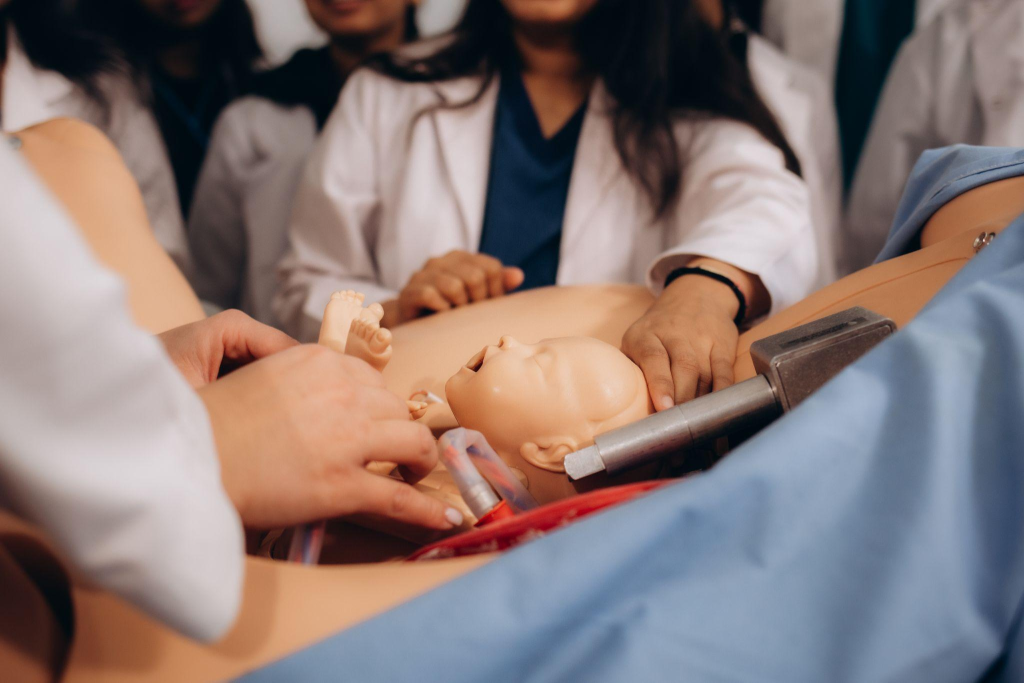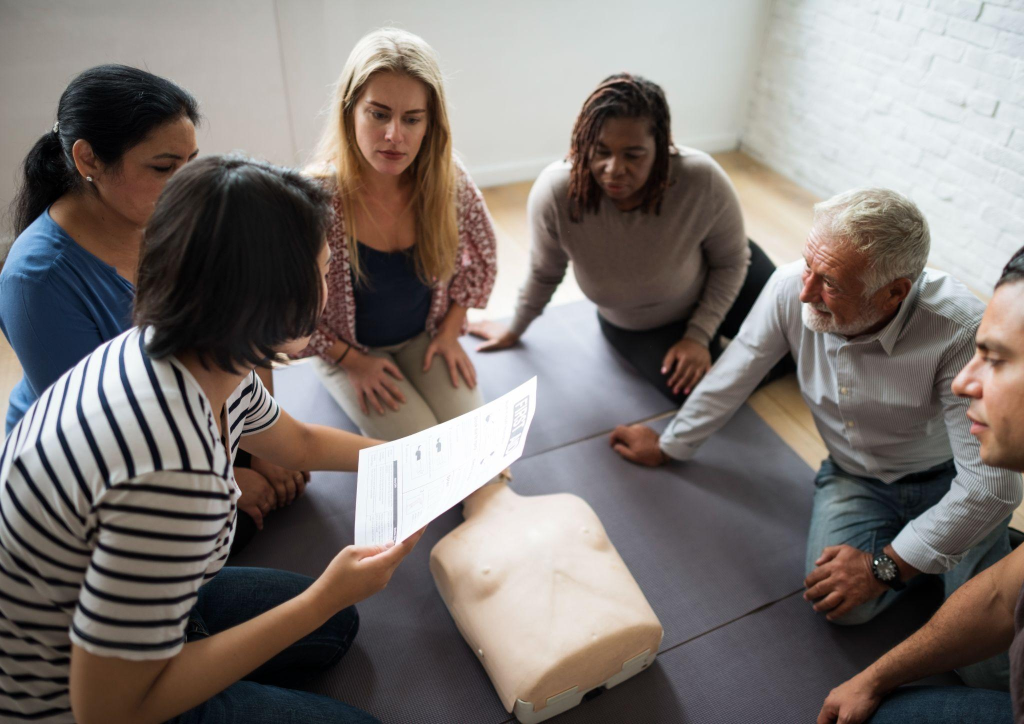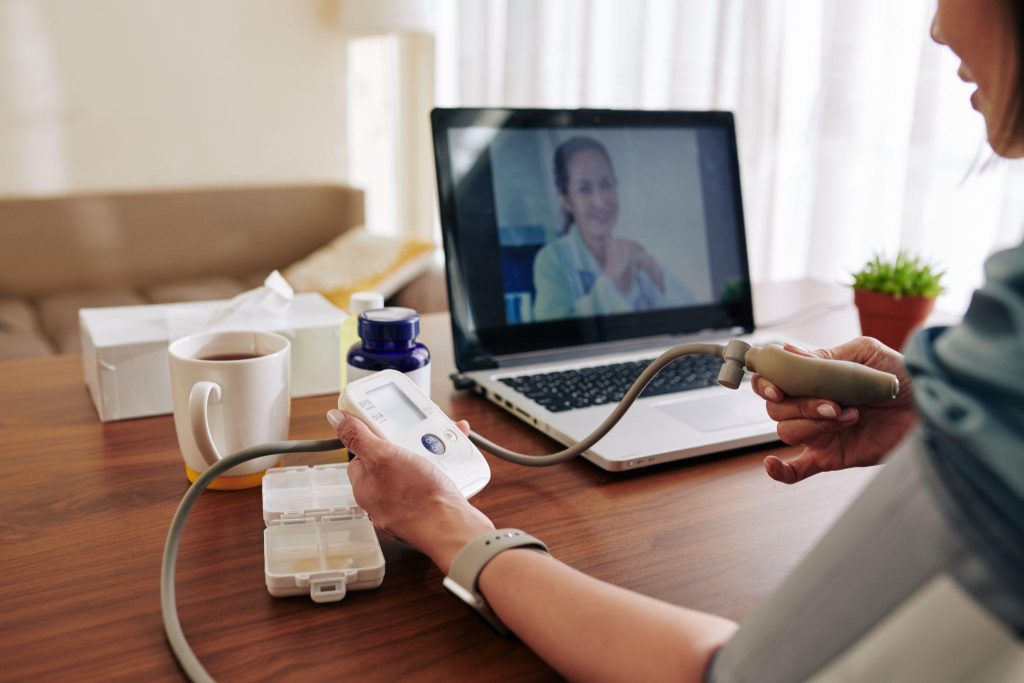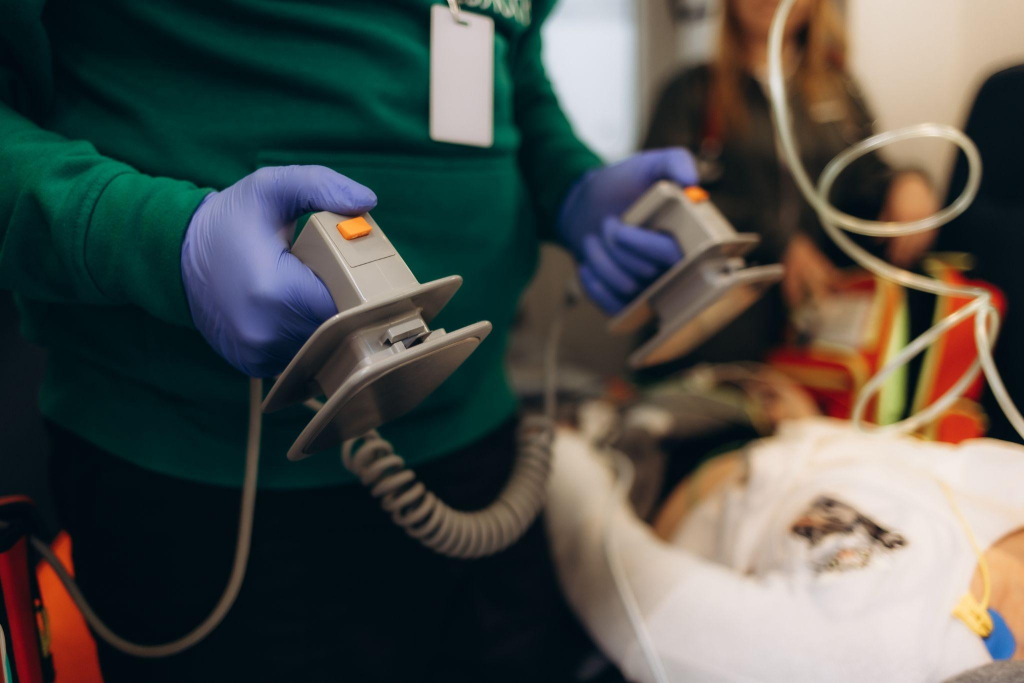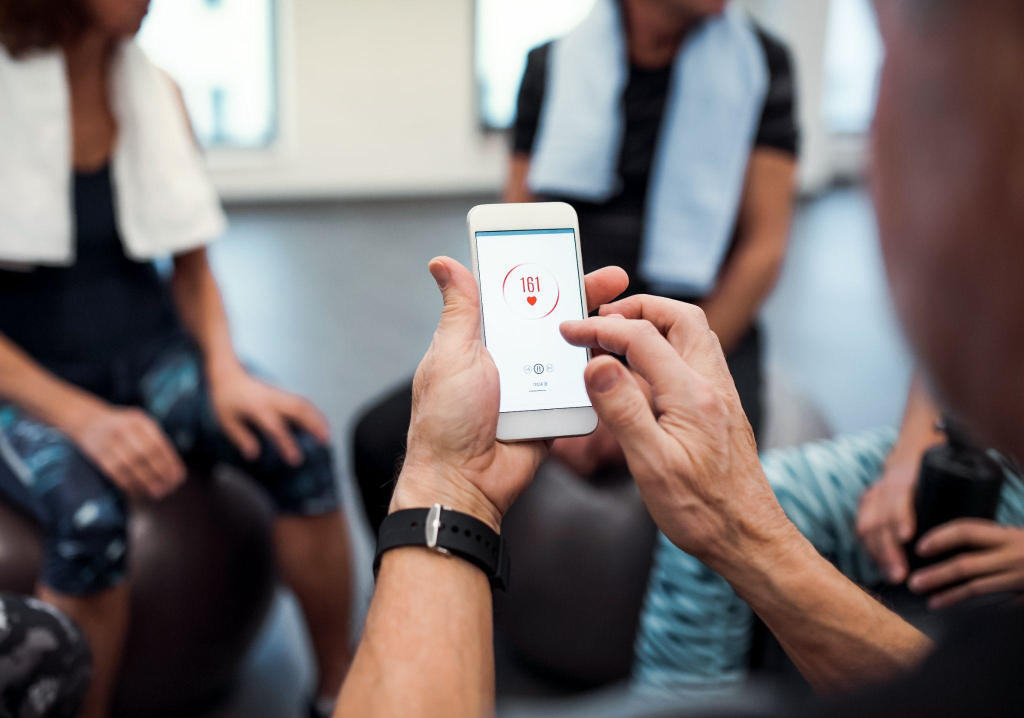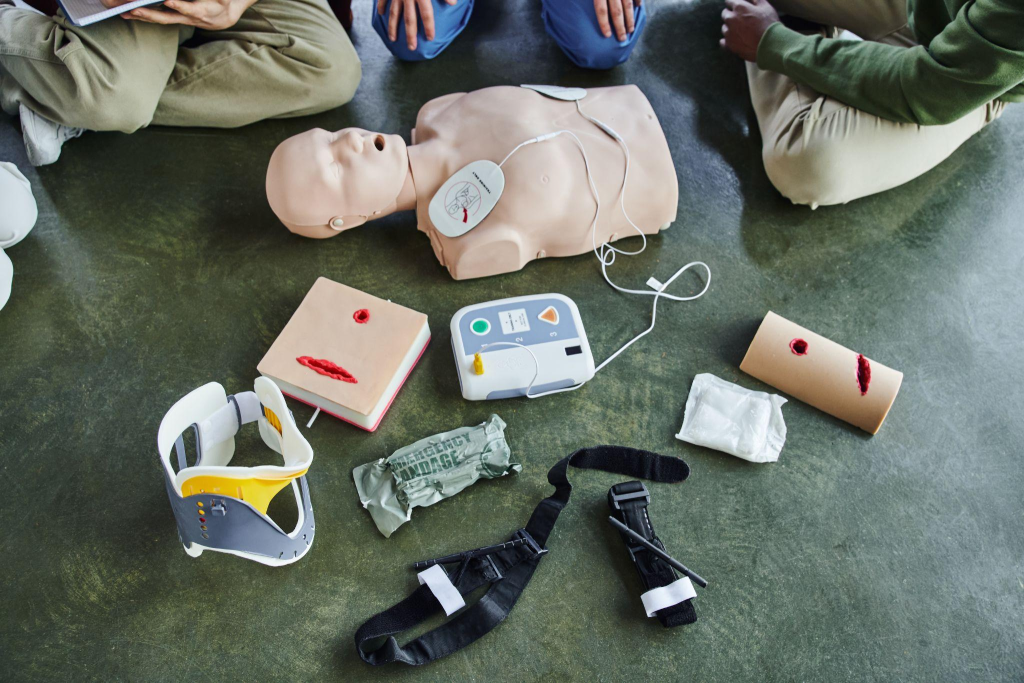Several years ago, I was working a night shift in the ER that had been relatively quiet. Things
had slowed down, and I was talking with staff about their plans for summer vacation. It was
about 2:30 am, and we received a ‘hot’ EMS call that a 41 year old man was coming in after
waking up with chest pain, and then collapsing in front of his wife, who had been trying to get
him to come to the hospital for several days because of chest pain. He had been refusing to
come in. He was now in ventricular fibrillation according to EMS.
Mr. D was a hard working father, who worked at a local factory. He did not smoke, but had a
strong family history of heart disease. He did not go to the doctor regularly. On arrival in the ED,
he was in ventricular fibrillation. We shocked the patient several times, and eventually restored
a sinus rhythm. He survived, but barely. He ended up with 2 stents, and several months of
cardiac rehab.
Heart disease is the leading cause of death in the U.S. One person dies every 33 seconds in
the U.S. because of cardiovascular disease. The cause of this is multi-factorial, and includes
things such as family history, smoking history, diet, and lifestyle factors. In this article, topics
that will be discussed include understanding the signs and symptoms of a heart attack, factors
to consider to lead a heart healthy lifestyle, and how ACLS training may come into play if a
cardiovascular catastrophe does occur.
Signs / Symptoms of Myocardial Infarction (Heart Attack)
The symptoms of cardiac ischemia (decreased blood flow) can be highly variable. I have seen
30 year olds only having mild left hand pain that are having a full blown heart attack. Some
people say they only feel sweaty. Some complain of mild shortness of breath with exertion. Jaw
pain and neck pain are 2 other symptoms that may occur. One middle aged diabetic female had
only dizziness as a complaint. She was having a heart attack. The ekg and high sensitivity
troponin must be checked. If in doubt, you or your loved one should be checked at a hospital.
Heart Healthy Lifestyle
Controlling portion size, eating more fruits and vegetables, choosing whole grains, limiting
unhealthy (saturated and trans) fats, choosing low fat protein, and reducing salt are all ways to
optimize your diet in relation to cardiac health. Smoking causes one out of four cardiac deaths.
Eliminating that, alone, greatly reduces risk for adverse cardiac outcomes. Managing stress
through relaxation techniques or hobbies promotes overall wellbeing, reducing the risk of heart
disease.
ACLS Training: Role in Prevention of Cardiac Catastrophes
ACLS is invaluable in responding effectively to critical situations such as heart attacks. When
someone collapses due to a heart attack, ACLS trained individuals are able to quickly recognize
the signs, and begin life saving interventions. They are trained to administer cardiac
medications (if available), perform advanced airway techniques, and deliver defibrillation. ACLS
training also teaches effective teamwork and communication, which are important in high stress
scenarios. By applying ACLS protocols quickly, trained individuals are able to increase the
chances of survival, and decrease the risk of long term problems related to heart attacks.




